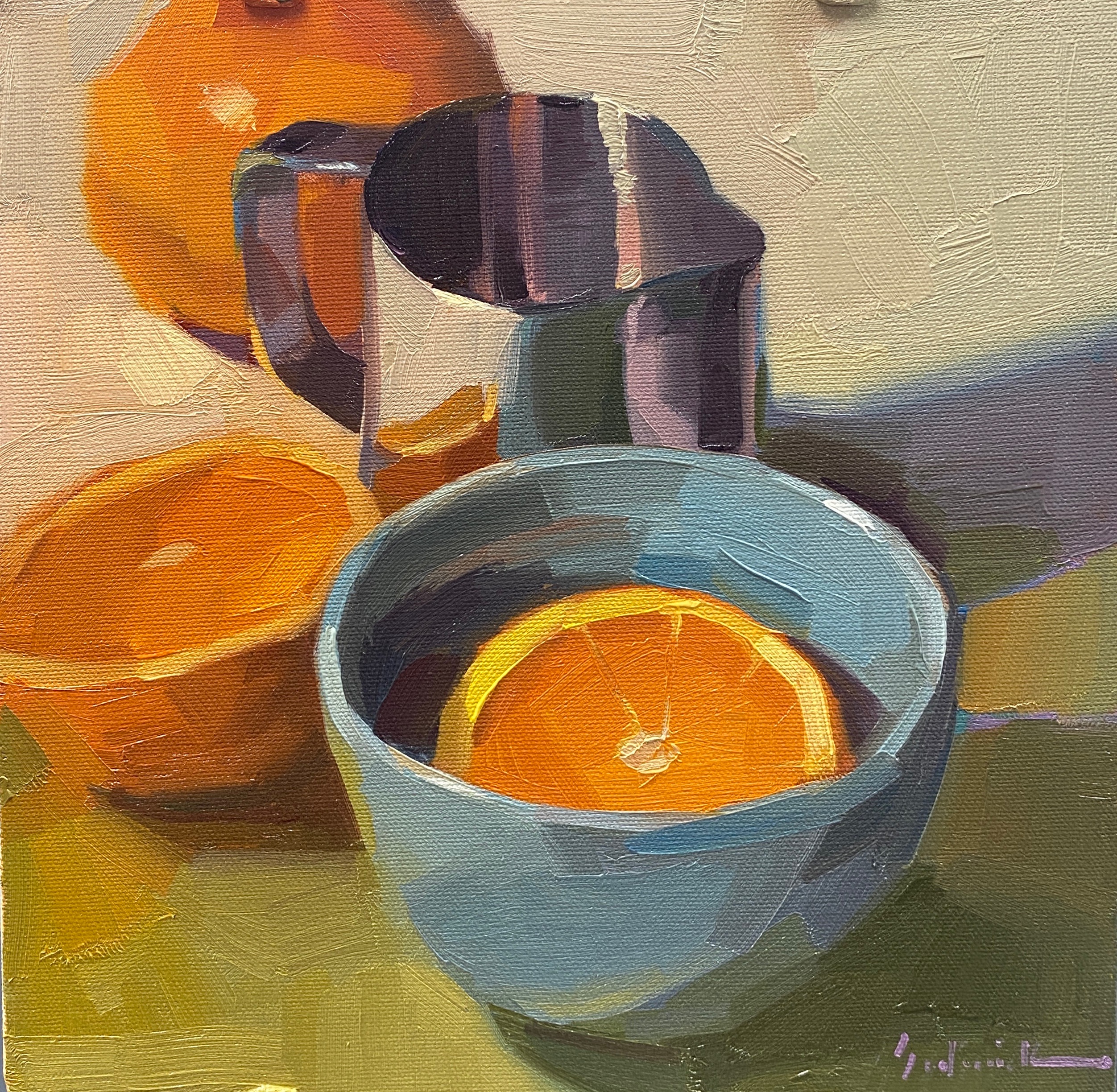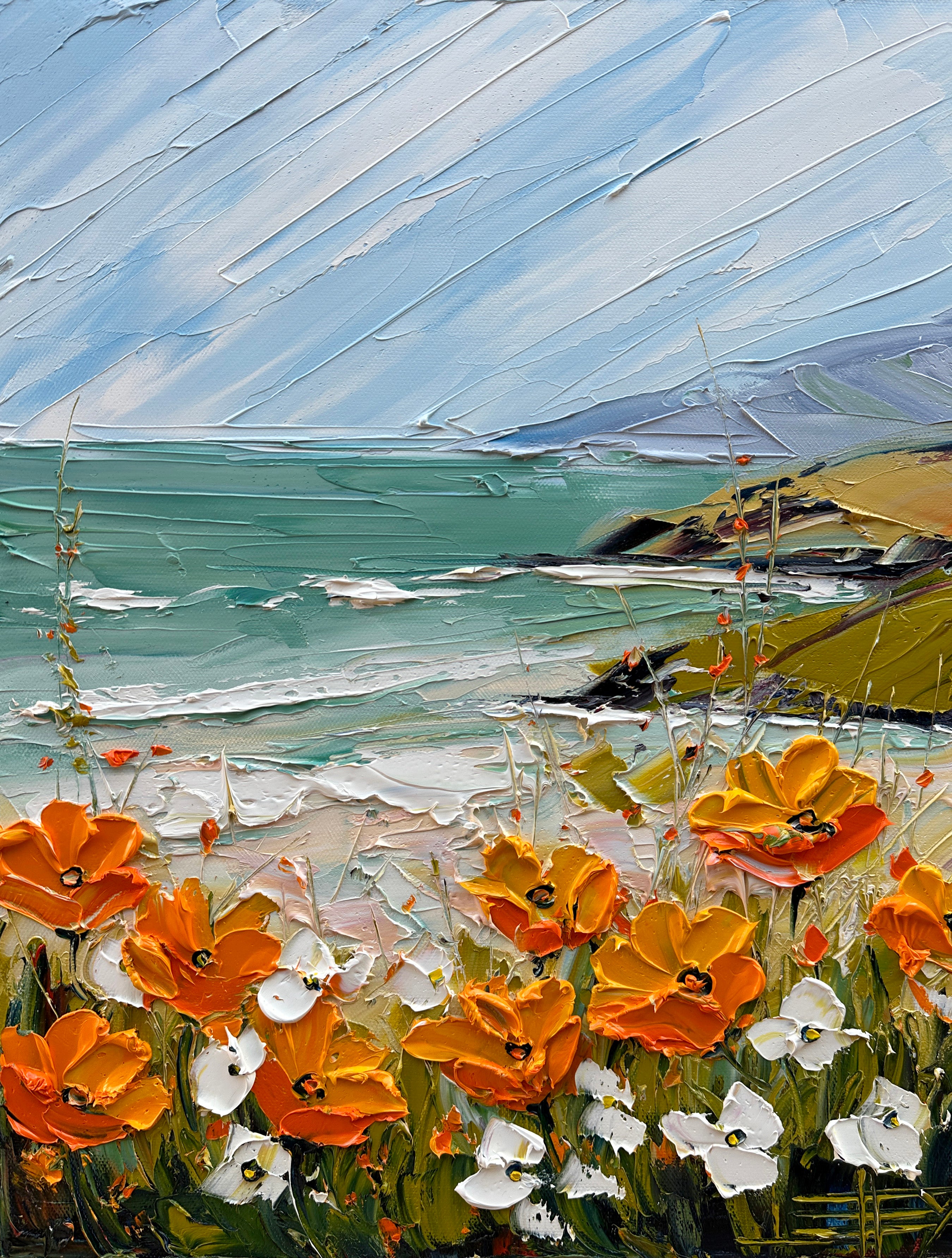Browse Elegant Artwork Oil Paintings for Sale Today
Browse Elegant Artwork Oil Paintings for Sale Today
Blog Article
Discovering All Concerning Oil Paints: An Overview to Comprehending Their Appeal and Worth
Oil paintings have actually captivated target markets for centuries, supplying a glance right into the creative mastery of numerous periods. Their abundant background is linked with innovative strategies and extensive psychological expression. Comprehending the materials and methods behind these art work can enhance recognition. Furthermore, the market for oil paints presents possibilities for enthusiasts and financiers alike. As one explores this interesting world, the question emerges: what makes an oil paint truly beneficial?
The History of Oil Paint: A Trip Through Time
Oil painting has origins that date back to old times, it genuinely flourished throughout the Renaissance, when artists uncovered its flexibility and abundant color possibility. Early examples can be traced to the 7th century, with techniques advancing significantly throughout cultures. The medium ended up being noticeable in Northern Europe in the 15th century, specifically through the works of artists like Jan van Eyck, that pioneered its usage for thorough realism and lively hues. This duration marked a separation from tempera paints, permitting higher deepness and texture. As oil painting spread, it affected countless artists, leading to masterpieces by prominent figures such as Leonardo da Vinci and Rembrandt. The medium's heritage continues, shaping the art world well into contemporary times.
Recognizing Oil Paints: Materials and Techniques
As musicians discover the world of oil paints, they experience a varied selection of materials and strategies that define this medium. The main parts of oil paint include pigments, which offer color, and drying out oils, such as linseed, that bind the pigments and facilitate application. Different additives can modify the paint's structure and drying time, improving versatility. Methods like glazing, where clear layers are developed, and impasto, which involves applying thick paint, enable different visual effects. Furthermore, using brushes, combination knives, and even fingers can produce distinct structures and surfaces. Recognizing these strategies and products makes it possible for artists to totally reveal their imagination and accomplish the preferred influence in their artwork.
The Function of Color in Oil Paintings
Shade plays a pivotal duty in oil paintings, affecting both visual allure and psychological resonance. Recognizing color concept fundamentals, including the partnerships between tones, can improve an artist's capacity to communicate mood and ambience. In addition, mastering shade blending methods enables better deepness and richness in a paint's scheme.

Shade Concept Fundamentals
Comprehending color concept is necessary for musicians working with oil paints, as it develops the foundation for creating unified and aesthetically interesting structures. Shade concept encompasses the research of exactly how colors engage, the shade wheel, and the connections between key, additional, and tertiary shades. Artists utilize complementary shades to enhance contrasts and produce prime focus, while similar colors advertise unity and cohesiveness within a piece. In addition, the ideas of cozy and cool shades affect the perception of deepness and area in a painting. Grasping these concepts allows musicians to adjust shade efficiently, leading the customer's eye and communicating their desired message. Mastery of shade theory inevitably enhances an artist's ability to convey feelings and concepts through their job.
Emotional Effect of Color
The emotional influence of color in oil paints plays an essential duty in exactly how visitors regard and attach with art work. Shades stimulate specific feelings and moods, affecting the visitor's emotional state. For instance, cozy hues like oranges and reds can create a sense of warmth and energy, while amazing tones such as blues and greens commonly stimulate peace or introspection. Artists tactically select shade schemes to enhance narrative elements, guiding the audience's emotional journey. The saturation and contrast of shades better amplify these results, attracting focus and developing focus. Eventually, the interplay of colors in oil paintings not only enhances their visual appeal yet likewise serves as a powerful tool for psychological expression, enhancing the customer's experience and interpretation.
Shade Mixing Techniques
While numerous aspects of oil paint add to the general structure, mastering color blending methods is vital for accomplishing preferred impacts and deepness. Shade mixing can be come close to via different techniques, including the additive and subtractive procedures. Additive mixing involves incorporating colors of light, while subtractive mixing counts on pigments, where shades mix to create brand-new shades. Artists often utilize a minimal scheme to create unified works, understanding the relationships between key, secondary, and tertiary colors. Methods such as glazing and scumbling further boost deepness and brightness. By skillfully mixing shades, a musician can evoke feelings, produce focal points, and achieve a feeling of realism, ultimately boosting the painting's psychological and visual effect.
Famous Oil Painters and Their Iconic Works

Well known for their proficiency of color and method, oil painters have actually developed some of one of the most well known art work in background. Renowned artists like Vincent van Gogh astounded audiences with his emotive brushwork in "Starry Night," while Claude Monet's "Impact, Sunrise" prepared for Impressionism. Leonardo da Vinci's "Mona Lisa" stays a long-lasting icon of imaginative wizard, showcasing his ability in recording human expression. Rembrandt's "The Evening Watch" illustrates his ingenious usage of light and shadow. Other noteworthy numbers consist of Pablo Picasso, that changed modern art with his bold testing in works like "Les Demoiselles d'Avignon," and Georgia O'Keeffe, whose lively depictions of flowers and landscapes assisted define American innovation. Each artist's distinct design added greatly to the oil paint landscape.
Exactly how to Examine the High Quality of an Oil Painting
Evaluating the quality of an oil paint involves a careful analysis of workmanship methods, as well as an evaluation of shade more info and composition. Observing brushwork, layering, and the application of paint can disclose the musician's skill degree. Furthermore, the interplay of shades and the general arrangement of components contribute considerably to the paint's aesthetic value.
Examining Craftsmanship Techniques
A thorough analysis of craftsmanship techniques is important for figuring out the high quality of an oil painting. Critics need to initially analyze the application of paint; thick, textured brushstrokes may recommend a knowledgeable hand, while excessively uniform applications might indicate an absence of deepness. oil paintings for sale. The layering method is additionally vital; the visibility of glazes and varied density can enhance brightness and complexity. Furthermore, the top quality of the materials utilized, such as the canvas and pigments, plays a significant function in longevity and general visual. Attention to information in elements like edges and changes between shades reflects the musician's commitment to their craft. Eventually, these strategies contribute to the painting's psychological impact and market price, functioning as indicators of the artist's ability and intent
Assessing Shade and Composition
While reviewing the high quality of an oil paint, one should concentrate on the interplay of color and structure, as these elements are basic to the artwork's general influence. Color choices can stimulate emotions and develop state of mind; for that reason, the musician's palette need to be analyzed for consistency and comparison. A healthy structure directs the audience's eye and produces a sense of unity. Artists commonly utilize methods like the policy of thirds or leading lines to boost aesthetic rate of interest. Additionally, the use of light and darkness can include deepness, enhancing the three-dimensionality of the painting. Eventually, an effective oil paint marries color and structure, involving the visitor and welcoming a deeper gratitude of the artist's vision and technique.
Taking care of and Preserving Oil Paintings
Appropriate care and preservation of oil paintings is necessary for preserving their stability and longevity. To protect these art work, it is important to present them far from straight sunshine, which can trigger fading and discoloration. Keeping a secure atmosphere with controlled temperature level and moisture further help in protecting against damages. Cleaning up need to be done carefully utilizing a soft, completely dry fabric, preventing any rough chemicals that might harm the paint or varnish. Normal inspections for indications of wear and tear, such as breaking or flaking, are advisable. When delivering or storing oil paintings, correct padding and framework are needed to avoid physical injury. Ultimately, thorough treatment adds to the visual appeal and value of oil paintings over time.
The Market for Oil Paints: Investing and collecting
Comprehending the market dynamics for oil paints is necessary for capitalists and collectors alike. The worth of these artworks is influenced by different factors, including the musician's reputation, historical relevance, and existing trends. Collection agencies often seek pieces that reverberate directly while thinking about prospective recognition in value. Auctions and galleries function as primary venues for trading, with rates fluctuating based on demand and rarity. Purchasing oil paints calls for study into the market, as well as an understanding of authenticity and provenance. Furthermore, arising musicians may offer chances for considerable returns, while developed names can regulate high costs. On the whole, a strategic method to gathering can produce both aesthetic enjoyment and monetary benefits.

Regularly Asked Concerns
What Are the Environmental Impacts of Oil Paint Materials?
The ecological influences of oil painting materials consist of the release of unstable natural substances (VOCs), hazardous waste generation, and resource extraction for pigments. These aspects add to pollution and ecological degradation, increasing worries amongst eco aware musicians and customers.
Just How Do Various Canvases Influence Oil Paint Outcomes?
Various canvases affect oil paint results substantially. Surface area, appearance, and absorbency high quality can change paint application, drying times, and shade vibrancy. Musicians typically pick specific canvases to accomplish wanted effects and improve their imaginative expression.
Can Oil Paintings Be Restored if Harmed?
If harmed, Oil paints can indeed be restored. Expert conservators make use of numerous techniques to repair splits, clean surface areas, and address staining, making sure that the artwork retains its initial beauty and value for future generations.
What Are the Signs of an Original Oil Painting?
The signs of an original oil paint consist of noticeable brush strokes, structure variations, and an uneven canvas weave (oil paintings for sale). Furthermore, credibility may be verified with provenance, signatures, and the visibility of a varnish layer unique to oil mediums
Just How Has Technology Influenced Modern Oil Paint Techniques?
Technology has substantially influenced modern-day oil painting strategies by introducing electronic tools for preparation, enhanced products for structure and long life, and on the internet systems for selling and sharing art, consequently expanding musicians' creative opportunities and audience reach. Oil paint has roots that date back to old times, it really grew during the Renaissance, when artists uncovered its flexibility and abundant color capacity. The emotional effect of color in oil paints plays a critical duty in just how audiences regard and connect with artwork. While numerous facets of oil paint contribute to the general structure, understanding color mixing methods is essential for achieving desired impacts and deepness. Evaluating the high quality of an oil painting includes a cautious analysis of workmanship techniques, as well as an analysis of color and structure. While examining the top quality of an oil paint, one must focus on the interaction of shade and make-up, as these components are fundamental to the artwork's general influence.
Report this page